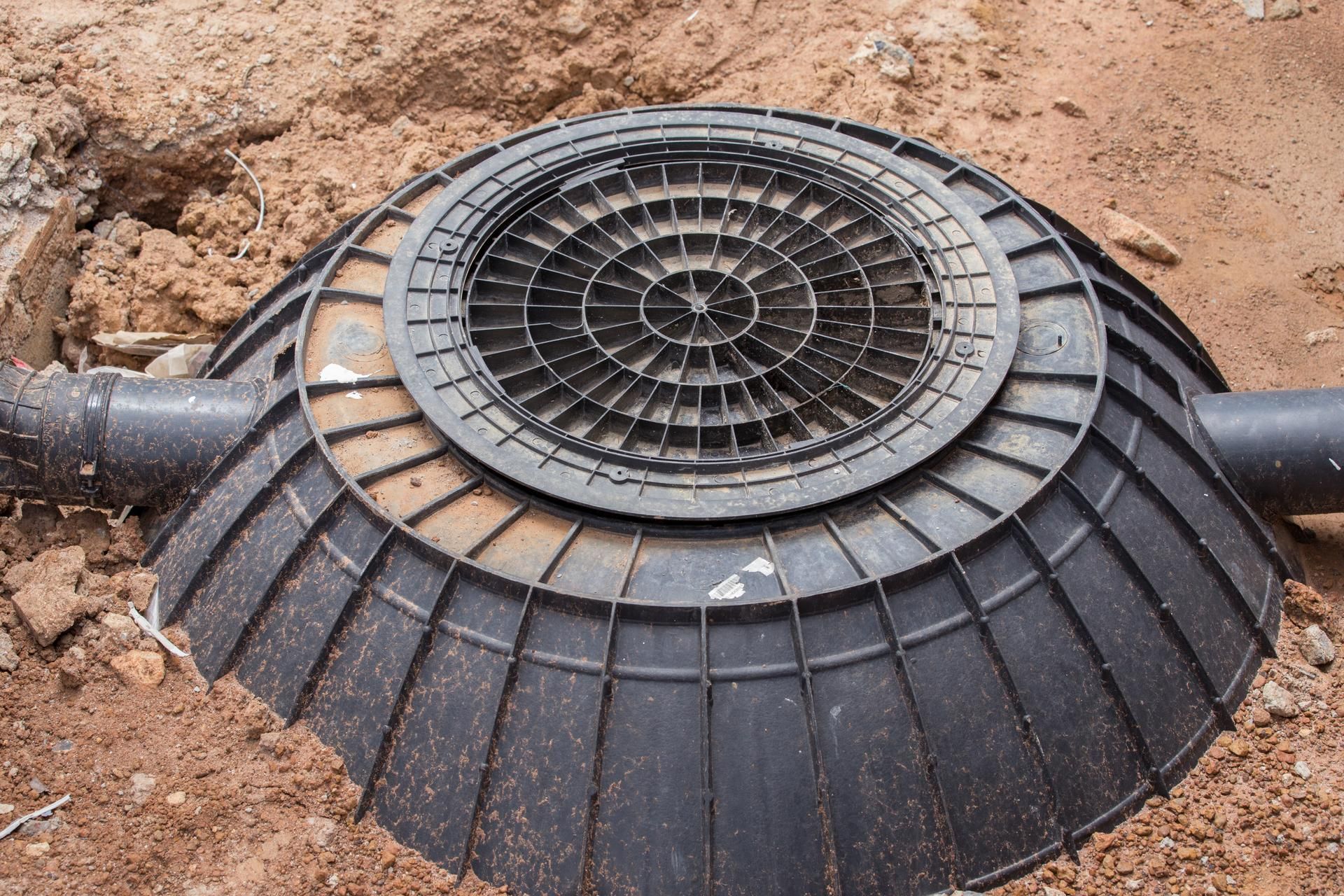Components of Your Septic System

Most household wastewater typically ends in the septic system for treatment and disposal. If you're like most people, you probably don't understand the components and working mechanism of your septic system. Learn about the main components of a septic system.
Primary Drain Line
All the plumbing fixtures in your home connect to the primary drain line. For instance, toilets and sinks are all part of your primary drain line. Whenever you flush something down the toilet, it will first pass through the drain line. Since all pipes connect to a single line, any large item can block the main line and affect all plumbing fixtures in your home.
Septic Tank
The septic tank is the largest and primary component of the septic system and stores all the wastewater from your home. The tank is usually underground and has watertight sealing to prevent any leakages. Manufacturers typically build septic tanks from polyethylene, concrete, or fiberglass. The material must be strong enough to withstand the weight of the wastewater and not allow any leakages.
The primary wastewater treatment method is to allow the water to stay long enough in the septic tank. This allows sediments and large items to sink to the bottom of the tank. The solids will decompose but will only enter the drainfield once they decompose fully.
Oil and grease will accumulate on top of the water surface to form a material called scum. Since the scum must stay in the septic tank, the pipe that drains from the tank has a T-shape. This design means that only water can leak out of the septic tank. In some cases, the septic tank might have a screen on the outlet to filter the solids more effectively.
Distribution Box
This is the chamber where effluent from the septic tank ends up. The chamber will then distribute the incoming wastewater to a network of pipes that lead to the drainfield. Therefore, the purpose of the distribution box is to ensure the wastewater reaches the drainfield.
DRAINFIELD
The drainfield or leach field contains pipes. The pipes are perforated and lie in a field of sand. Usually, the sand slants away from your home. Wastewater from the septic tank will seep into the drainfield to allow the absorption of large sediments.
As a homeowner, by doing your due diligance and having your tank pumped every 3 - 5 years by Southern Sanitary Systems will help keep your system operate properly. Inspections, installs and repairs can also be done by Southern Sanitary Systems.
Contact us for more information.







